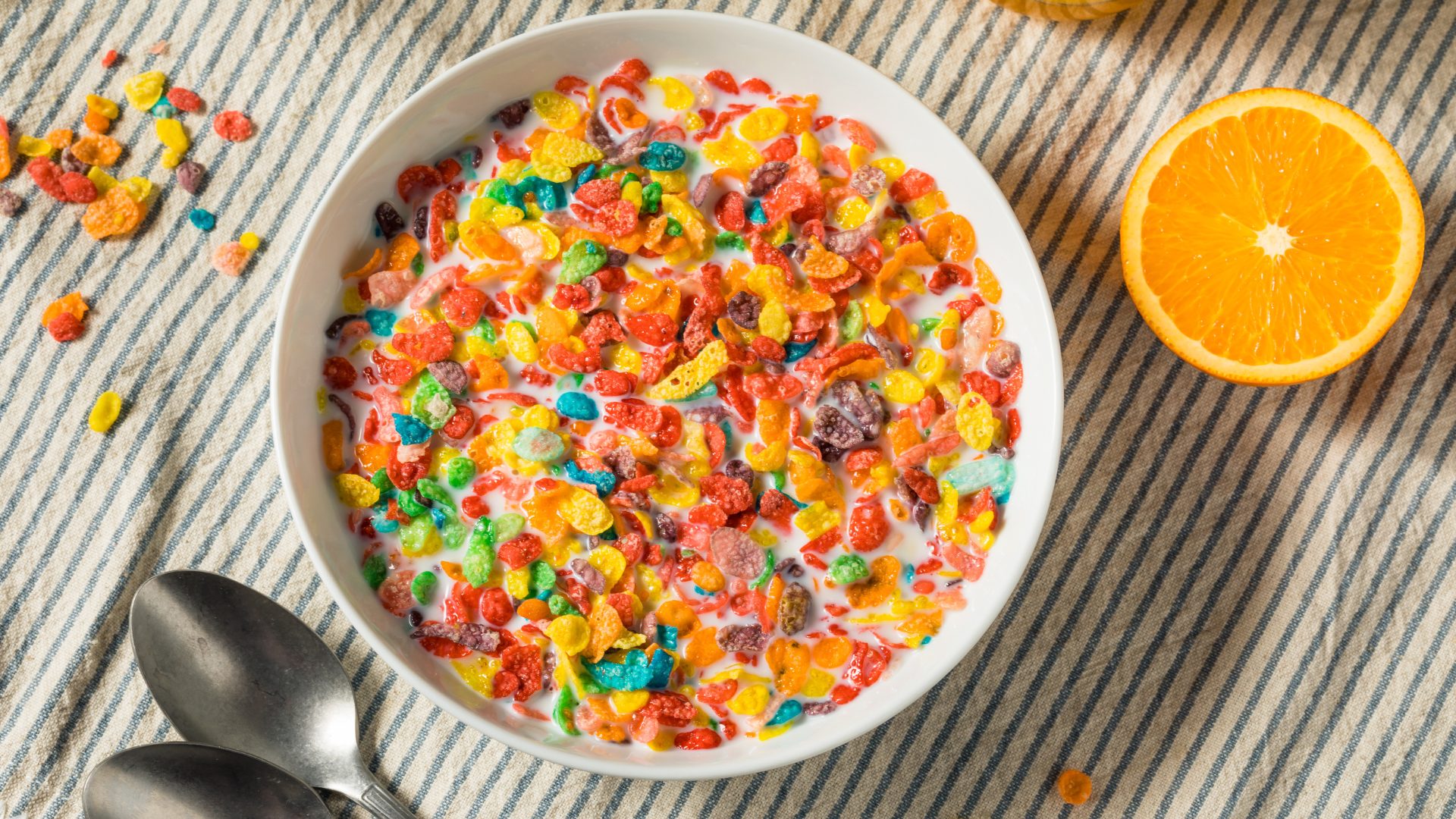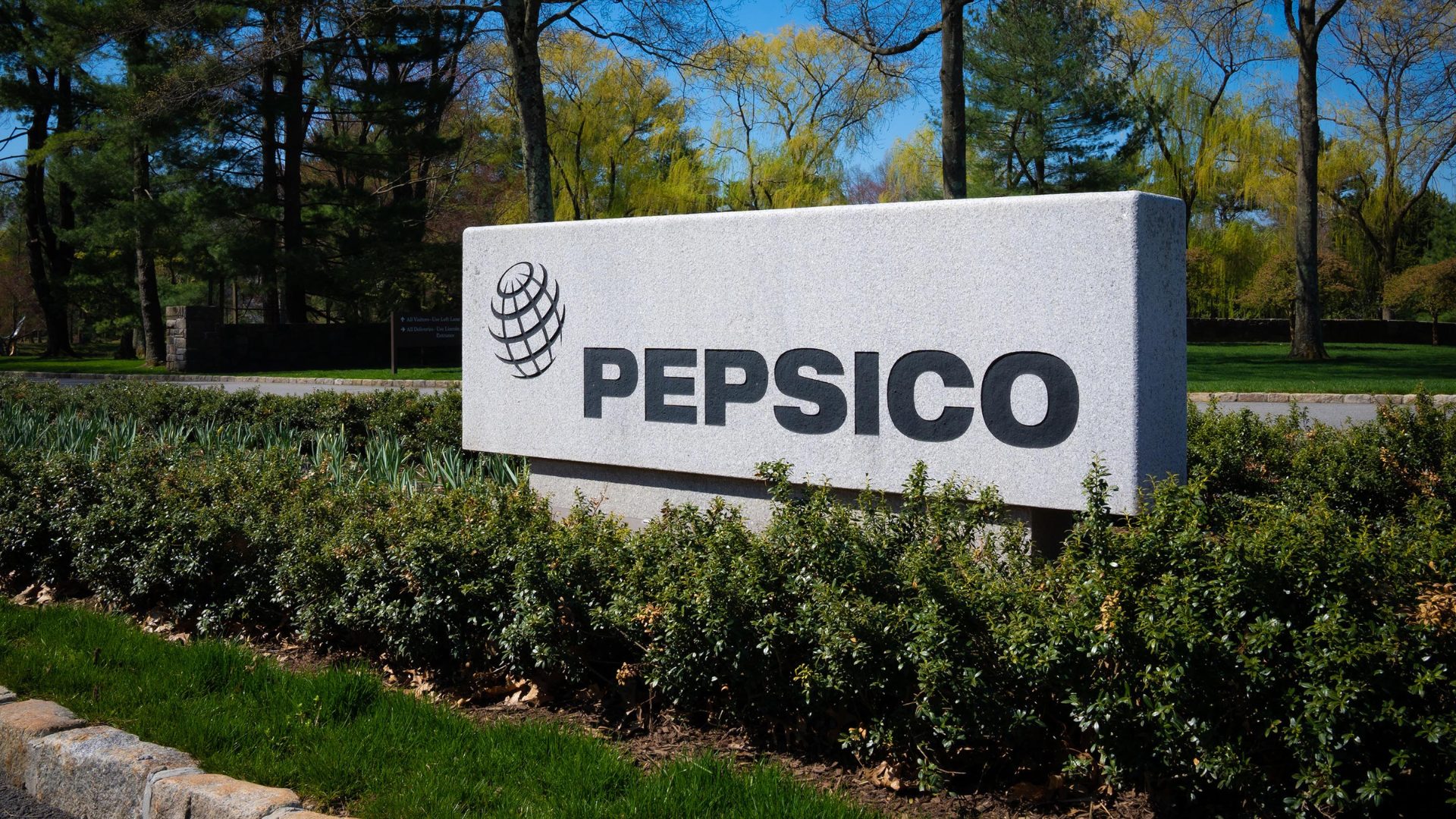Over the past twelve months, Post Holdings once again has been the best performer among major publicly-traded food companies. The difference now that its performance is still negative.
Over that period, Post stock is off nearly 4%. J.M. Smucker is -5%, and Hormel -6%. Kraft Heinz is off 19%, General Mills 27%, and both Campbell and Conagra, even including dividends, have incredibly lost one-third of its value.
The struggles in packaged foods aren’t new, certainly, as we noted in this space recently. But struggles for Post are somewhat unusual. Since the company was spun off from Ralcorp in 2012 – consisting of only Post’s cereal brands – Post stock has been an incredible performer. Shares have gained over 500%, topping the Standard & Poor’s 500 index over that period. The 2022 spin-off of BellRing Brands – currently worth nearly $5 billion – to shareholders only improves those returns.
What’s driven Post’s success has been an incredible string of acquisitions that have built the current business. As we wrote last year, Post basically hasn’t missed. Over $10 billion in acquisitions have led to accounting-driven write-downs of just $300 million; over that time, multiple individual deals in the space (such as Campbell’s purchase of Bolthouse or Smucker’s move into pet food, a business subsequently sold to Post itself) have led to impairments of over a billion dollars.
But in a difficult external environment, Post’s long-term success increasingly appears at risk.
Feeling the Crunch as Cereal Slides
Post remains reliant on two key categories – cereal and pet food – where secular pressures are getting ever more intense. The Post Consumer Brands accounted for nearly half of revenue through the first three quarters of fiscal 2025 (ending September), and saw those sales drop 6%, including a 9% plunge in the most recent quarter.
Cereal revenue and volumes are down 5%, with weakness in private label surprising even the company’s management, per post-earnings calls. The pet food business acquired from Smuckers is off 8%, with a 13% fall in Q3 led by the loss of distribution.
What’s keeping Post earnings intact for now is the rest of the business. Foodservice results have been surprisingly strong, given lower traffic across the industry. Post has benefited from higher pricing following the avian influenza outbreak, but volumes are still up 1%, outpacing traffic. Segment profit has soared 18% so far this year, offsetting the weakness in Consumer Brands. Refrigerated Retail has seen lower volumes, but price increases have kept sales pretty much stable and allowed for some profit growth.
Of course, Post has also added yet another acquisition to the mix by acquiring the remaining stake in 8th Avenue Food & Provisions for $880 million last month. Post originally separated its private label business into 8th Avenue in a 2018 deal with a private equity firm; 8th Avenue used its independence to make further acquisitions of its own.
M&A Deals Getting Harder to Cook Up
Investors clearly are concerned that even an effective operator like Post is going to struggle in the current environment. The diversification of the business among branded products, private label, and foodservice clearly has served it well of late. But egg pricing is returning to normal, which should pressure profits in fiscal 2026.
Foodservice demand overall remains weak; apparent market share gains this year may not replicate next year.
Cereal seems to be in secular decline – Post is permanently shuttering two plants – and the pivots into pet food by both Smucker and General Mills haven’t entirely worked out.
Meanwhile, even chief executive officer Rob Vitale has admitted that more acquisitions may be difficult, noting on the most recent conference call that “the broader M&A (mergers and acquisitions) environment remains challenged given market volatility”. Between tariffs, inflation, and a clearly pressured consumer, the mid-term outlook is cloudy at best. In that context, neither buyers nor sellers are rushing to make deals.
Certainly, it’s premature to write Post off. But it’s telling that even the best stock in packaged foods – over both the last twelve months and the last twelve years – has traded downward. Investors are always looking forward, and even for Post, they’re worried about what comes next.
Vince Martin is an analyst and author whose work has appeared on multiple financial industry websites for more than a decade; he’s currently the lead writer for Wall Street & Main. He has no positions in any companies mentioned.
The Food Institute Podcast
How can a food industry trade show spark global culinary creativity? Anuga’s JP Hartmann, U.S. Consul General Preeti Shah, and World Food Championships’ Nikki Jackson share their perspectives on how the U.S. presence at Anuga 2025 is helping to bridge culinary experiences together.











